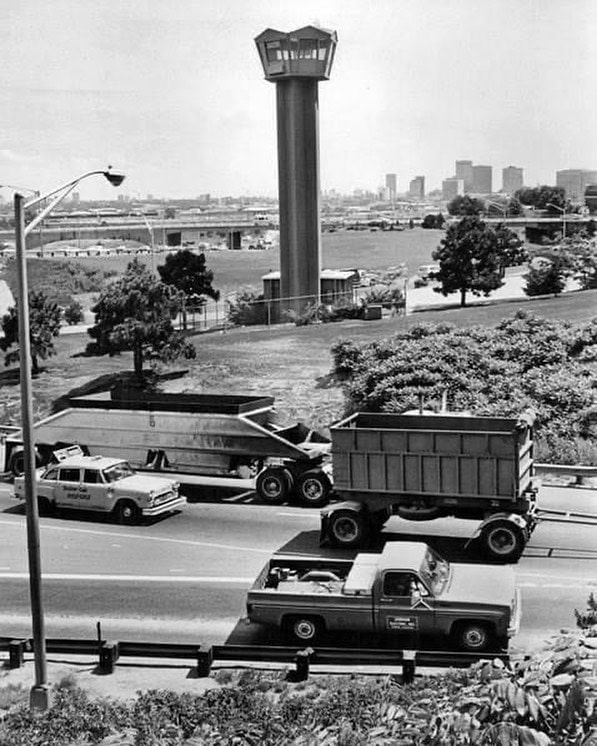Having recently replaced the fuel pumps on the Hellcat, I’m pretty sure the reduced fuel flow has been dramatically impacting the car since I bought it.
With the new fuel pumps installed, leaving any traffic light, even casually, spins the tires and creates a spectacle. And this morning I went for a short drive and twice, just going around a corner – in a rather sedate fashion even – the rear end walked out on me.
As it stands right now, the Nitto Motivo all-seasons I have on it are dangerous. They are simply too high-milage, nice ride, and low noise for 700+ ft/lbs of torque.
So when I went out for lunch this afternoon I wandered over to the local “Big Brand” tire shop and placed an order for two new Nitto NT555 RII drag radials to be put on the back end of the car tomorrow.
These new NT555 RII tires are D.O.T. compliant drag racing tires made of some rubber sorcery that makes them super sticky while also not instantly killing you if the road gets slightly damp.
They also apparently aren’t terribly noisy or harsh riding either…
Living in the future is pretty cool.
See, back in my day, we had Mickey Thompson if you wanted a race-ready tire – and everyone who hit Bandimere on the weekends drove 50-series M/T Sportsmans or Indys.

But back in those days tires that were great for racing weren’t very good tires to live with; lots of road noise – but you couldn’t really hear the tires over the rattles and exhaust, and they handled like crap – but that was barely noticeable with leaf springs, drum brakes, and bench seats.
I did opt for sticking to the 275 width tires that the hellcat came with just to stay on the 9.5″ rims I currently have. That and the NT555 RIIs in 275 width were a mere $531.99 a piece…
With a little modification to the fender liners in back I can stuff 11″ rims in there (with a +22 offset) and go to 315s while staying under the fenders – but that will require new rims at about $500 each and the NT555 RIIs in 315 width are about $600 a piece.
I’ll probably do that next year when I have to replace the tires I just bought… Which is really the biggest down-side to the drag radials – they’re good for 5-6000 miles, tops. So they turn into an every spring purchase.
Gotta pay if you want to play I suppose.
The only other real down-side I can find on these tires is the warning label stuck to them that states if you move the car at anything under 20 degrees the tires might crack… Not a big deal as I don’t drive it in the winter, but still an interesting warning.



